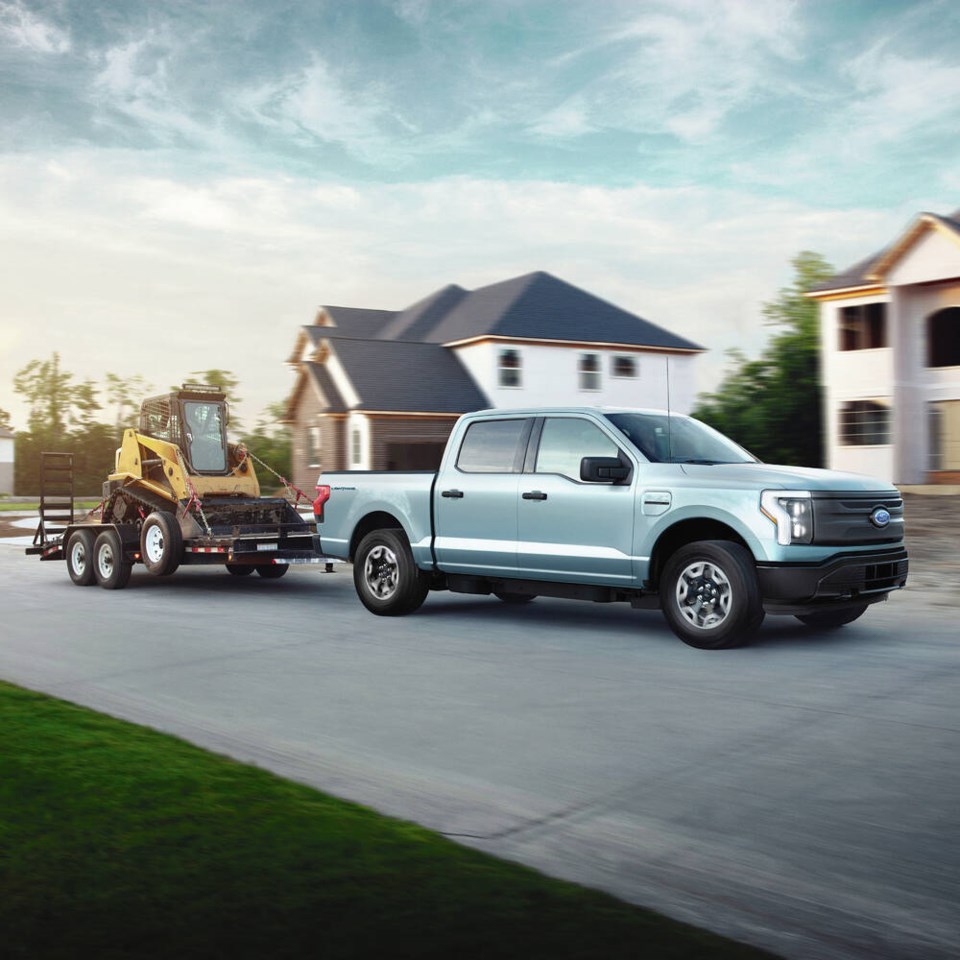In case you haven’t noticed, the revolution around electric vehicles is already well upon us.
I drove along Granville Street in Â鶹´«Ã½Ó³»one day and, stopping for a red light, I suddenly noticed I was surrounded by no fewer than 6 Teslas — that was two years ago.
If it weren’t for the current supply-chain snarls and the dearth of essential microchips, there’d be way more electric vehicles (EVs) cruising our streets already.
Right now they make up about 1% of the total number of vehicles on the road. But judging by consumer demand and industry trends, the big EV switchover is just a matter of more supply and time.
I’ve been scanning this onrushing wave of EVs, headed with full force towards us, through a road-safety lens, and there are some things to be concerned about when we look past the “bright, shiny and new” stuff.
Here’s just two examples:
I listened to a couple of guys analyzing, right down to the last milliamp, the virtues of the new Ford F-150 Lightning electric truck on one of the many EV podcasts now popping up in Cyberland.
This truck is an impressive rig, with an array of space-age electronic options that could fill this page. But what claimed most of the EV dudes’ attention was that the new Lightning can do 0 to 100 km/h in four seconds. For comparison, that outperforms Ford’s latest supercharged gas-guzzler V-8 truck by more than a second.
Other EV car tech pundits have branded the Lightning as a “dragster with a cargo bed.”
There’s more.
Rivian, a newcomer to the automotive industry and, truth be told, my personal choice for an electric truck if I weren’t $50 or $60 thousand short of being able to afford one, will soon be offering a “rally inspired” luxury SUV.
The R1X is “designed to be as capable as [Jeep] Wrangler and [Land Rover] Defender off road and as quick as a [Porsche] Cayenne turbo on pavement” — all that achieved through a power plant reportedly delivering 1,200 horsepower.
Wait…what? 1,200 hp?
The Canadian army’s Leopard II tank has a 1,479-horsepower engine to move its 62-tonne body and 122 mm gun via a turbocharged V-12 diesel.
There’s something wrong here.
I get it that trucks need a lot more power to haul heavy loads. That’s why we build them.
But do the industry designers and, more importantly, government regulators not see an inherent problem in giving a 3,100-kilogram projectile shaped like a pickup truck and capable of outperforming a Camaro or a Jaguar, to an 18- to 25-year-old? I do.
I hear the arguments already: Anyone can buy a gas-powered Dodge Hellcat or a C8 Corvette, each delivering mega horsepower, and plenty of idiots are driving those around right now.
True — so what’s the difference? The difference is that it’s neither intelligent or necessary to haul drywall or garden refuse in a vehicle capable of matching speed with an F-35 fighter.
A truck or an SUV, by design, can’t handle or brake like a Ferrari or an Aston Martin. So why do we need them to achieve similar speeds?
It’s a recipe for disaster.
As I’ve mentioned before, there are also concerns about EV battery fires.
Lithium-ion batteries, while regarded as safe generally, are very hard to extinguish once they ignite. They have presented real challenges for firefighters — requiring huge amounts of time and water to put them out permanently.
In one instance last year, a Tesla burned so intensely it melted the road beneath it.
To be fair, manufacturers are figuring that one out already, no doubt aided by some blunt input from their lawyers. By using lithium iron-phosphate batteries and even newer concepts using cobalt or nickel, fire danger is reduced.
It’s still early days in the EV wave. So there’s still lots of time to earnestly reassess all their potential capabilities a little more deeply. Because these vehicles can, doesn’t mean we should.
Tech advancement must work in conjunction with — not at the expense of — driver safety.
We have the power to demand the legal, prudent and safe products from manufacturers in the choices we make.
We can also shape the rules we want our legislators to impose.
Big, “lower end” hauling power for a truck is totally reasonable. Drag-strip speed isn’t. The whole idea actually borders on the ridiculous.
I’m all in for the EV revolution. It’s the right thing to do and I’m looking forward to owning one when I can actually afford it.
An EV truck will fit my lifestyle and make me feel good about saving Mother Earth. But I certainly don’t need to match warp speed with the starship Enterprise to do it.



